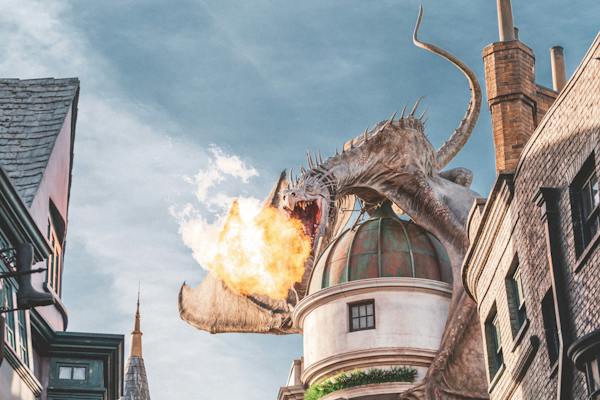When considering prehistoric animals, everyone immediately thinks of dinosaurs. Although they are an important part of prehistoric times, they were not the only animals to have lived during that time.
Because of their size, dinosaurs are the animals most remembered for this era, but smaller animals co-existed alongside these colossal giants, and they were just as important to nature. Not all prehistoric animals lived on land, and there are a few underwater creatures from that time.
Keep reading to find out more about the different prehistoric wildlife found in Africa with this complete guide:
1. Sarcosuchus
Scientists believe that this mega crocodile lived in the time of the dinosaurs. Although it wasn’t a dinosaur itself, it preyed on them for food.
The animal was huge compared to modern-day crocodiles and had a bite that could scare a T-Rex. They were not very fast with a big and bulky build but could take down larger mammals and fish with ease.
For more on land-dwelling dinosaurs like the Sarcosuchus, continue reading this blog.
2. Terebratula
This animal resembled the modern-day clam and was found in oceans worldwide. Latching onto rocks under the water, they would slightly open their two halves so that food could float into their open shells.
It is called suspension feeding, where the mollusk draws food particles from the surrounding water. Being stationary animals, they would attach themselves to a rock and stay there, just feeding for the rest of its life.
3. Discinisca
Mussel resembling shellfish like the Discinisca lives and feeds similarly to the Terebratula. One of their main features would be little pockets of silica that they gather on their shells.
Like the Terebratula, the Discinisca was also found in oceans worldwide, including the African coastline.
4. Linthia
Another mollusk found in the waters around Africa was the Linthia. It was very similar to the pansy shells that can still be collected on some African beaches.
Also, being a mollusk, they would attach to rocks deep underwater and slightly further away from the coastline and use the suspension-feeding method just like the previous two mentioned here.
5. Trechnotheria
This group of mammals is from the Mesozoic Era and has always been endemic to Africa and some Asian countries.
One of the classes of animals in this group is mammals. Different kinds of mammals are still alive today, proving that they have been around for thousands of years.
6. Neithea
Another clam-like sea creature that had a rather special feature, their valves were rounded on one side but flatter on the other. Scientists call them bivalve mollusks because of this unique feature.
7. Glyphea
Like the mollusks, these glypheoid crustaceans live underwater and have a shrimp or crayfish-like appearance. These animals are bottom feeders that would skirmish for food at the bottom of the ocean close to the ocean floor.
8. Oxytoma
Another bivalve mollusk that was once found in the waters around the African shores is now extinct. With similar features to the Neithea and both being stationary animals, both use the suspension-feeding method.
9. Dipsacaster
Some of the most beautiful sea creatures still found today are starfish. The Dipsacaster is an extinct version of this gorgeous animal.
The species found around Africa was D. Africanus, while other species were found around France and Morocco and were called D. jadeite.
10. Prosictodon
It was one of the many species of dinosaur that lived in the Karoo Basin in South Africa. Like all the other dinosaurs, this one is also extinct.
Scientists have studied partial remains found by archeologists and believe that the animal was a herbivore. With a beak-like structured mouth, they assumed that it would have resembled the rhinoceros in those early years.
11. Volutospina
The Volutospina had cone-shaped shells beautifully with blunt spikes. This mollusk still has living relatives across the world’s oceans that are equally pretty with their various-shaped shells.
12. Steneosaurus
Another crocodile-like dinosaur with a longer snout and slightly smaller than the Sarcosuchus, the remains found in Africa were only partial with an almost complete skull.
From the skull the scientists found, they could see the elongated snout, and there were cavities for its many teeth that it most likely used to catch fish as a food source.
To Conclude
Prehistoric animals are fascinating, especially the dinosaurs that lived during that time, but the ecosystem did not only exist out of dinosaurs. Sea creatures and land-dwelling mammals that have ancestors in today’s modern life were also part of the animal kingdom back then.
There are so much more the scientists are yet to discover about the dinosaurs, so keep your eyes open for new information they may share.

